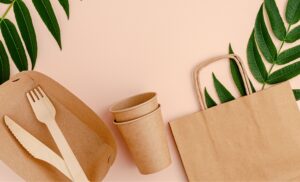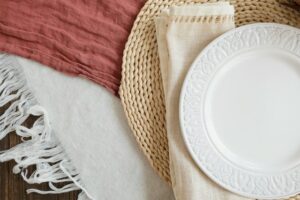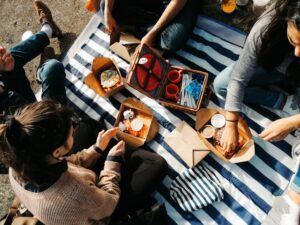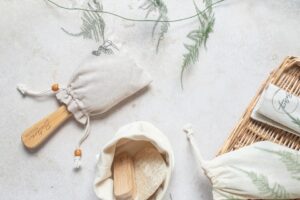In today’s world, where environmental consciousness is at the forefront of consumer concerns, the demand for eco-friendly alternatives is ever-growing. One such area witnessing a surge in interest is the production of sustainable tableware. In this blog post, we delve into the intricate process of crafting eco-friendly tableware, exploring the steps involved and the importance of sustainable practices every step of the way.
The Essence of Eco-Friendly Tableware
Eco-friendly tableware stands as a beacon of sustainability, offering a viable alternative to traditional disposable options that contribute to environmental degradation. Crafted from renewable or biodegradable materials such as bamboo, corn starch-based bioplastics, or recycled paper pulp, these utensils and containers embody the essence of eco-conscious living.
The Journey Begins: Raw Material Preparation
At the heart of the production process lies the careful selection and preparation of raw materials. Whether sourced from sustainable plantations or recycled sources, the raw materials undergo meticulous processing to attain the desired form and characteristics necessary for crafting eco-friendly tableware.
Shaping the Future: Usoro imeputa ihe
The manufacturing process plays a pivotal role in shaping eco-friendly tableware. Through techniques such as injection molding, extrusion, or compression molding, the processed raw materials are transformed into a myriad of shapes and forms, ranging from plates and bowls to utensils and cups.
Form Follows Function: Finishing Touches
Quality assurance forms the backbone of sustainable production. Rigorous testing and inspection protocols are implemented to verify compliance with environmental standards and product quality requirements, ensuring that each piece of eco-friendly tableware meets the highest standards of excellence.
Quality Assurance: Upholding Standards
Quality assurance forms the backbone of sustainable production. Rigorous testing and inspection protocols are implemented to verify compliance with environmental standards and product quality requirements, ensuring that each piece of eco-friendly tableware meets the highest standards of excellence.
Na ngwụcha, the production of eco-friendly tableware embodies a commitment to environmental stewardship and sustainable living. By embracing eco-conscious materials and practices, manufacturers pave the way for a greener future, where every meal served is a testament to sustainability and responsible consumption.
Join the movement towards a more sustainable future—choose eco-friendly tableware and make a difference, one meal at a time.






